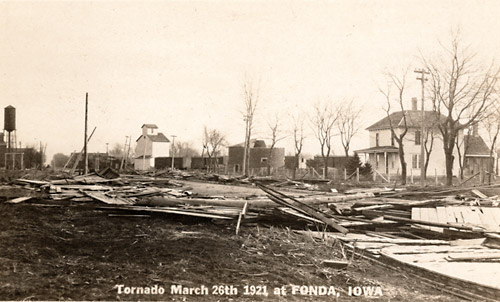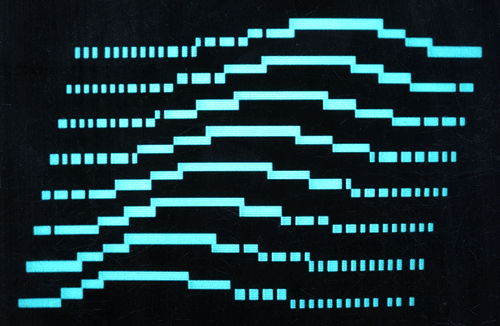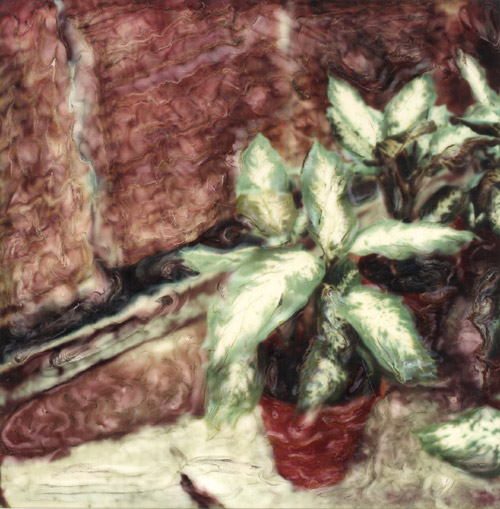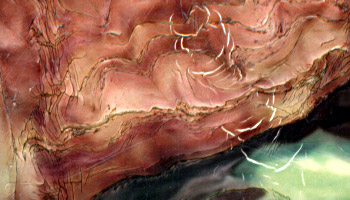Slacktivist was musing today about small change and rolling coins. I had to laugh because it used to be my job to sort and wrap coins.
My father was a banker, and even as a young teenager of 12 or 13 years old, I used to do odd jobs around the bank. One of the jobs I got stuck with was running the coin sorter. Every Saturday morning my father brought in the coins from the laundromats in his apartment buildings, and many of the other local merchants brought in cloth bags full of coins, since there was a full-time coin counter (me) working on Saturdays.
The counter was a huge machine that looked like it was built in the 1930s. I dumped the coins in the hopper in the top, the coins spun around on flat metal surface with round holes to let the coins drop through. The front of the machine had a round tube where you stuck the paper coin wrapper, then push a lever, and with a loud
vrooom the machine would dispense one wrapper full of coins right into the tube. I could press a lever to set the coin dispenser to dollars, half-dollars, quarters, nickels, dimes, or pennies, and it knew how many coins to dispense in each roll. If I held my finger at the right depth in the bottom of the tube, the coins would center evenly in the tube for a nice crimp. I whipped each uncrimped tube from the roller, and with a couple of taps, I folded each end quickly. I could produce a roll of coins every 2 or 3 seconds, and sometimes I had to do that for hours on end. It was a noisy, dirty, filthy job. I especially hated wrapping nickels. the soft metal blackened everything it touched.
I remember I was required to empty my pockets before sitting down at the workstation, and empty them again afterward to make sure I wasn't stealing. After handling all that change, I even had a metallic taste in my mouth, so the last thing I wanted was any coins in my pocket. But I was always attracted to the bad coins that didn't make it through the sorter. I always collected the foreign coins, slugs, and unidentifiable round objects, looked through them maybe hoping I'd find something valuable like a gold coin, but it was always worthless junk. But I was always astonished at the variety of odd coins I handled, and even to this day I will pick up about any round object and add it to my collecting jar of round junk. But I digress..
Ever since then, I always hated small change. Men's pants seem designed to dump your change when you sit down. I usually dump all my change in a bowl, if it doesn't fall down the crack of my couch first. It can be difficult to get rid of accumulated change, as the Slacktivist noted. And therein lies another tale..
My sister's (now ex-) husband, as a joke, gave me a copy of "How To Be Rich" by J. Paul Getty. I was working at the Getty Museum at the time, so I had to read it, just to see what the mindset of J. Paul was like. The book purported to be a manual on how to be rich. It claimed to show you how to become rich, but all the schemes seemed to require multimillion dollar investments. In order to become rich, it seems one must already be rich. There is an old saying amongst economists, "making one's first million is almost impossible, making one's second million is almost inevitable."
Finally towards the end of the book, J. Paul admits these schemes are beyond the reach of mere mortals, so he throws us wage-slaves a bone, a practical scheme to become rich. He called it "the unspendable quarter." He suggested that you pick one denomination of coin like a quarter, and at the end of every day, empty your pockets of every smaller coin into a jar. Aggressive savers could accumulate 50 cent pieces and lower (wow, when did people get 50 cent pieces as small change?) and less aggressive savers could save nickels and pennies. I decided to give it a try, I saved all my change. I saved an astonishing amount of change.
So now it was time to reap the rewards of my plan to become rich, I took my bags of coins to the teller at my local Bank of America branch. I was informed that they don't count coins. They didn't even have a change counting machine. They suggested I try another branch. I tried dozens, I was refused at every branch. I finally worked my way to the main office, they offered to send my change to the main Federal Reserve Bank in San Francisco, where it would be counted and automatically deposited into my account. The service fee was $75. Ouch. I asked them if they would accept the coins for deposit if I wrapped them myself. The said they could accept them, but they'd have to unwrap them all and have them recounted for the $75 fee, after all, how do they know I didn't wrap 49 pennies in each roll instead of 50?
Well, it seems that accumulating small change is
not the way to become rich after all. Now I was faced with the task of getting rid of all that change. The quarters were fairly easily dispensed of. I used to carry around ziploc bags full of quarters, $20 or $30 worth. As much as I hated to carry around change, now here I was stuck with carrying around heavy bags of change. Many of the stores where I shopped got really tired of that guy with all the change, I could often be seen lining up little rows of $1 stacks of quarters at the cash register. My pants pockets all had holes in them from carrying all the heavy change. It took months and months, and I still barely made a dent in the pile of change, and most of the easily picked quarters were nearly gone.
One day, the owner of my corner store asked me why I always had so much change, and I told him my lengthy tale of woe. He said he wasted a lot of time going to the bank for rolled coins, and he'd take them. I told him I had hundreds of dollars of coins, mostly nickels and pennies, he said he'd take them gradually. So I set about rolling all the remaining small change.
I was unemployed and broke at the time, so as I set about wrapping coins, I kept thinking about an essay Phil Dick wrote about being poor. He said that being poor forced you to become a skilled accountant handling extremely small sums of money. You have to learn how to budget your remaining 35 cents accurately, because misspending a single dime might mean you do not eat dinner. I was in a similar state, there were many weeks my food budget was paid for by rolled coins. I couldn't even afford coin wrappers, I tore strips of newspaper and rolled them manually, and wrote "pennies" or "nickels" on the outside. It was the same old filthy, dirty job I had when I was a kid, but without the nice machine, and even dirtier because of the old newsprint. I decided to measure how many coins I could wrap in an hour, as a comparison to the machines. I discovered that once you get down to sorting pennies and nickels, you can barely wrap about $10 of change an hour. You're barely making above minimum wage wrapping your own money, you might as well throw it in the garbage.




